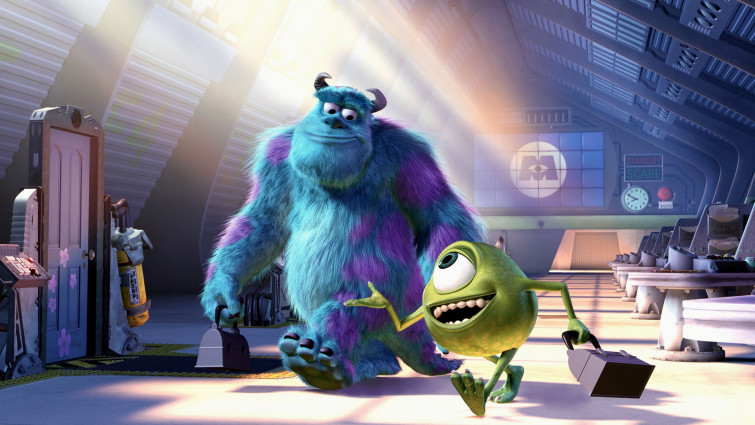The Evolution of Animated Video Techniques
Anyone up for a little history lesson?
Animation has come a long way since its early days of hand-drawn cells and flipbooks. From traditional techniques to modern tools, animated video production has evolved significantly over the years. Let's take a look at its fascinating journey and how it's transformed over time.
Traditional Animation
Traditional animation, also known as cel animation, involves drawing each frame by hand on transparent sheets of celluloid called cels. Each cel would then be photographed in sequence to create the illusion of movement. This technique was used extensively in the early days of animation and continued to be the industry standard until the advent of computer animation.
One of the most famous examples of traditional animation is Walt Disney's Snow White and the Seven Dwarfs, which was released in 1937. The film required over 750,000 individual cels to be hand-drawn and painted, making it one of the most ambitious animation projects of its time.

Rotoscope animation
Rotoscope animation is a technique used in animation and film production where animators trace over live-action footage frame-by-frame to create realistic animation. The process involves projecting the live-action footage onto a surface such as a light table or a computer screen and tracing over each individual frame to create the animated version.
The term "rotoscope" comes from the early device called a rotoscope, which was invented by Max Fleischer in 1915. The device allowed animators to project live-action footage onto a glass panel, which they could then trace over to create animation.
Rotoscoping is often used to create realistic movements in animation, particularly for complex actions such as dancing or fighting. It can also be used to create special effects or to add a unique visual style to a film or animation. The technique requires a lot of skill and patience, as animators must carefully trace over each frame to create a smooth and consistent animation.
In recent years, rotoscope animation has been combined with other animation techniques, such as computer-generated imagery (CGI), to create hybrid animations with a unique look and feel. The technique remains an important part of the animation industry, and its continued use demonstrates its effectiveness in creating realistic animation.
.jpg?width=810&height=454&name=bright%20(1).jpg)
Stop Motion Animation
Stop-motion animation involves creating a physical set and characters and then capturing each frame of movement with a camera. This technique is time-consuming but can create stunning visual effects that would be difficult to achieve with other methods.
One of the most famous examples of stop motion animation is the 1964 TV special Rudolph the Red-Nosed Reindeer. The film used puppets made from wood and fabric, which were moved incrementally to create the illusion of motion.

Computer Animation: 2D & 3D
The advent of computer animation in the late 20th century revolutionized the animation industry. It allowed animators to create complex scenes and characters with greater ease and flexibility than traditional techniques. Computer animation can be divided into two main types: 2D and 3D animation.
2D animation involves creating two-dimensional characters and backgrounds, similar to traditional animation. However, the process is much faster and more efficient thanks to computer software. One of the most famous examples of 2D animation is The Simpsons, which has been in production since 1989.
3D animation involves creating three-dimensional objects and characters using computer software. This technique allows for greater realism and complexity in animation and has been used extensively in film and video game production. Pixar's Toy Story, which was released in 1995, is a good example of this, as it was the first full-length feature film to be entirely computer-animated.

Motion Graphics
Motion graphics are a type of animation that involves creating animated graphic designs to convey information or tell a story. This technique is often used in advertising and title sequences for films and TV shows.
Motion graphics can be created using a variety of software programs, such as Adobe After Effects and Cinema 4D. They often incorporate elements of 2D and 3D animation, as well as typography and other graphic design elements.
 (The Venture Motion Design team cracking on with their next project!)
(The Venture Motion Design team cracking on with their next project!)
From the hand-drawn cells of traditional animation to the complex and realistic worlds of computer animation, we can see that animated video production is ever-evolving.
Each technique has its strengths and weaknesses, and animators often combine different methods to achieve their desired results. With the continued development of technology, it'll be exciting to see where animation goes next!

Written by Emily Malone Marketing Manager for Venture — a full-service video production agency that specialises in producing creative videos & campaigns that get real results.







